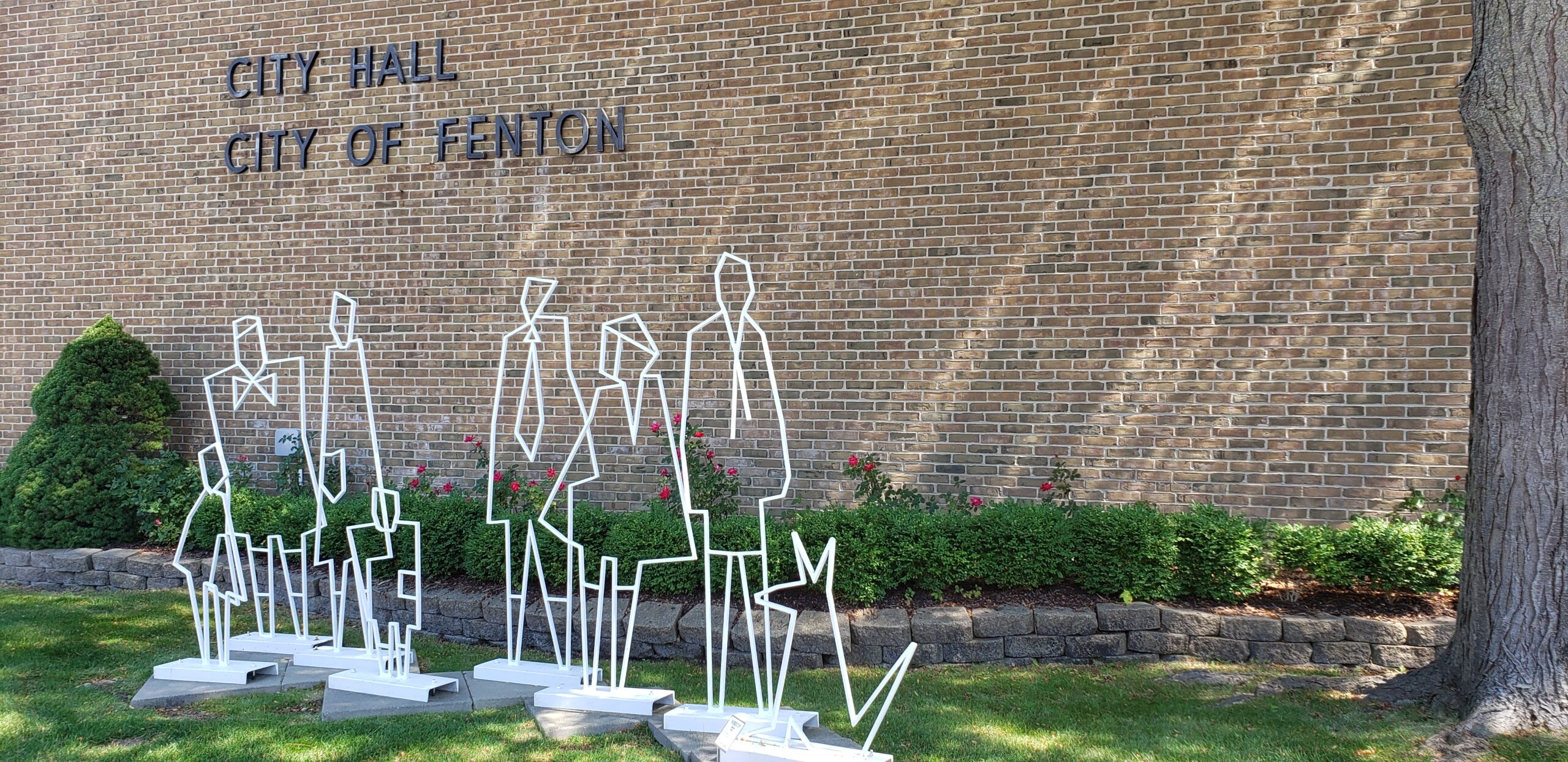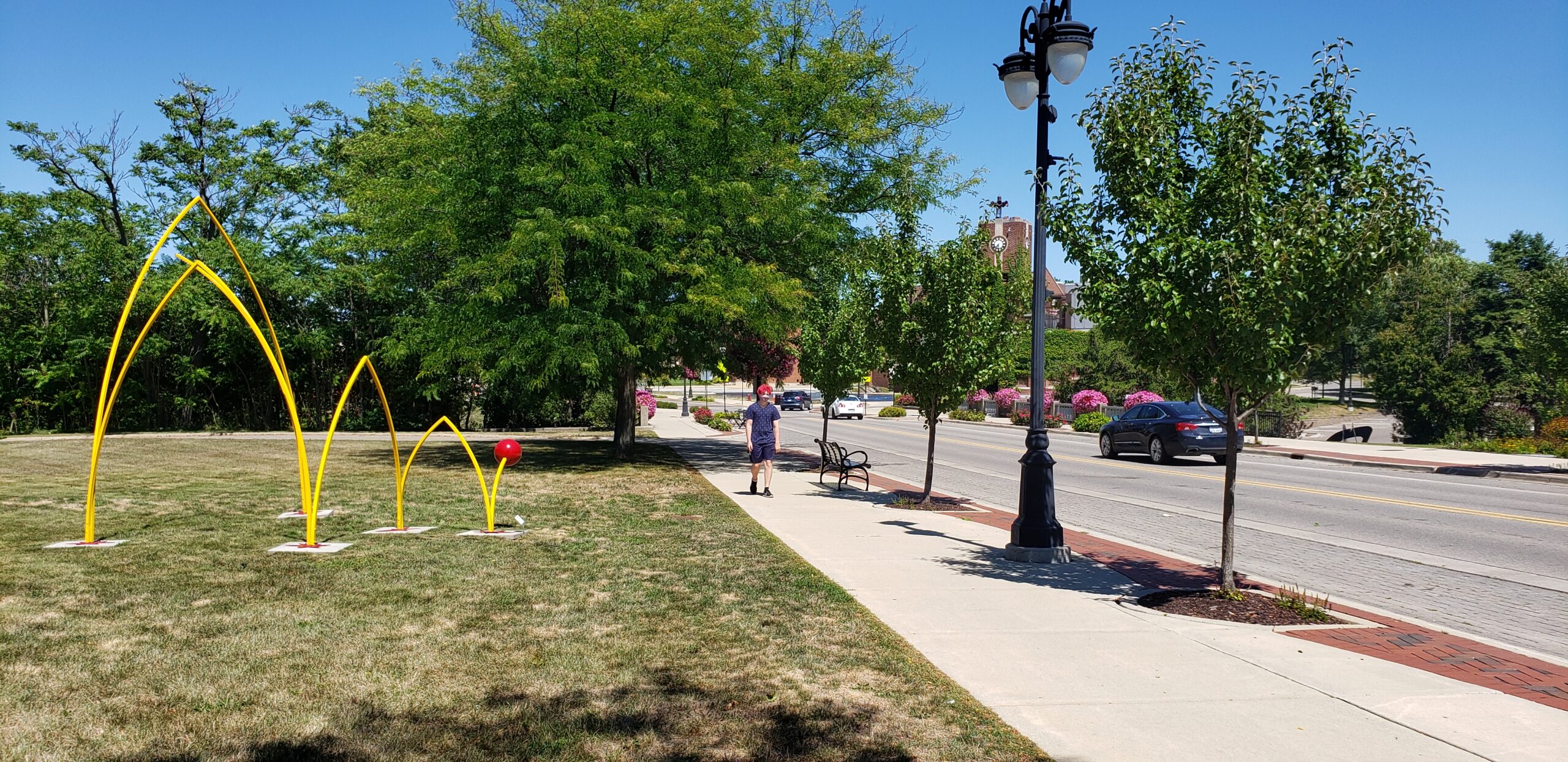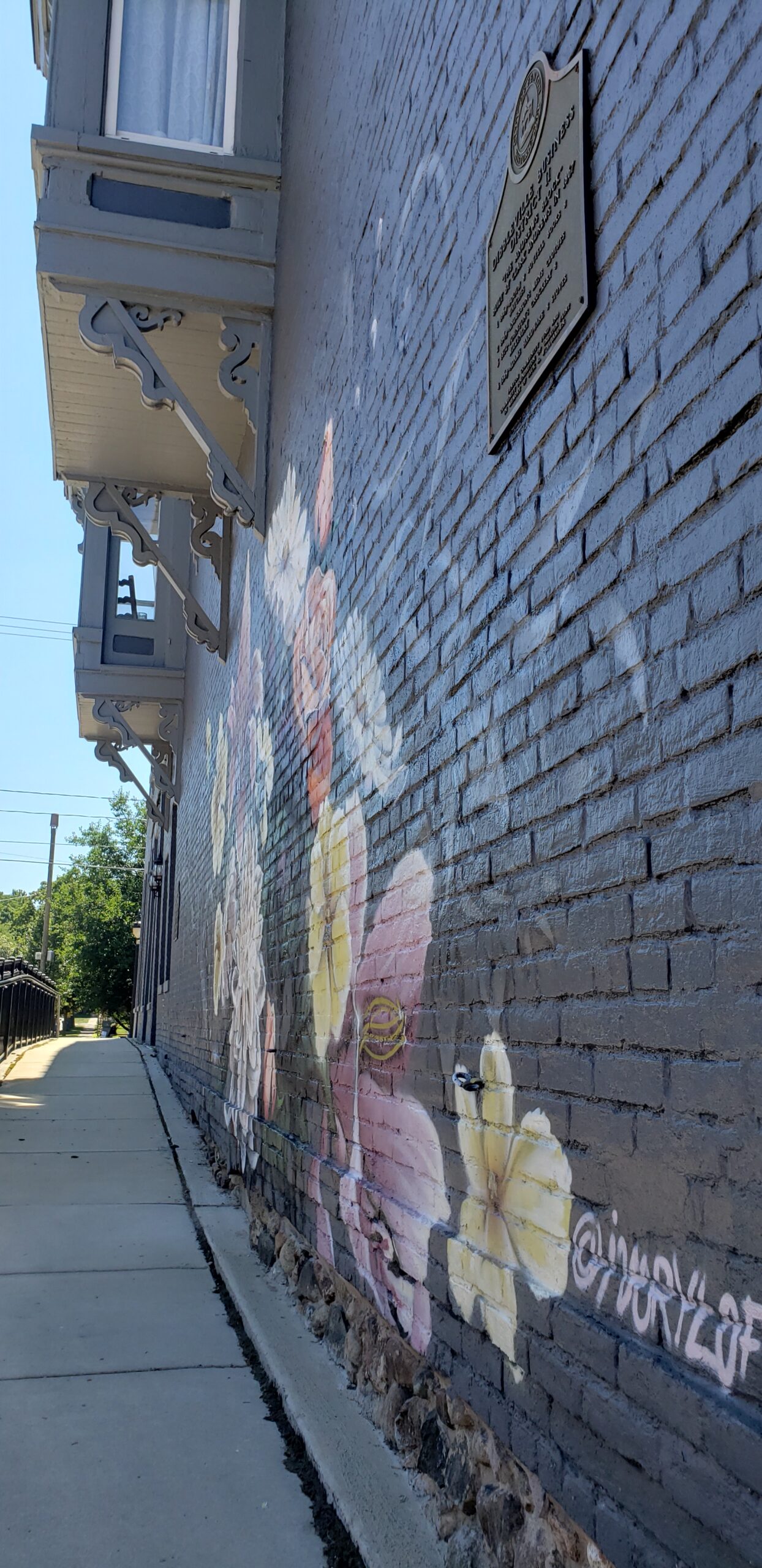Back in the early 1970s, Pat Lockwood fell in love with a small town in mid-Michigan. She moved to Fenton, and soon thereafter, the community passed a ballot initiative to close Leroy Street and level much of the historic downtown core. The vote had been divisive with a close margin, but the decision had been made, and the wrecking balls could not be stopped. The topic remained controversial, and a vast swath of downtown lots were vacant for decades.
“It was tragic, really,” she said. “We lost so much, and it left a hole in the heart of the community.”
By the mid 1980s, Lockwood had entered public service, holding elected office on city council and later as mayor, and then went on to serve as State Representative and eventually, as a Genesee County Commissioner. She always includes local beautification, economic development, and placemaking work as part of her portfolio of interests. “Fenton rose from the ashes of urban renewal. We learned a valuable lesson over that divided decision. We had to work together, make it a team effort, and focus on respect for one to get on the same page for community planning,” Lockwood said. Over the years, Fenton carried out several incremental projects which have inched the city through a series of careful urban planning initiatives focused on quality infill construction. “We haven’t just gone to the League’s Convention every year—we’ve actually done something with what we learned,” Lockwood emphasizes.

Sculpture on the Lawn at Fenton City Hall
By the 2010s, that careful planning had begun to pay off. “In all of our visioning, we focused on the importance of having a well-rounded community,” she commented. “When we restored the downtown, we took into consideration our geographic location in relation to larger cities, and how while some people work here in town, for many this is a bedroom community. We thought about where people were working, why they wanted to live in Fenton, and what they would want for choices in cultural enrichment, dining options, recreation, education, and retirement. We wanted something for everyone.”

Public Art Installation, Fenton, MI
Being a welcoming community was also part of the dialogue, and is also a key component to Community Wealth Building. Fenton approached this topic with planning considerations for residents regardless of income level or socioeconomic status. While a solid retail and dining component helped contribute to a thriving downtown and strong tax base, offering free or low-cost recreation and public access to parks and public spaces also figured prominently for Fenton. The city designed and built a walking path along the Shiawassee River, and then installed durable street furniture, including self-watering flower planters along several blocks of re-opened Leroy Street.
Fenton’s downtown was becoming not only a destination for a dinner out or shopping, but also a place where people wanted to live. With the addition of amenities for everyday living, elements of the public space became almost like a community living room. Residents could interact in public without having to break the household budget. Part of that interaction came with the addition of new and exciting landscape elements with an artistic flair.

Mural on Leroy Street at Shiawassee Avenue, Fenton, MI
Starting in 2010, the arts community began to make its presence known with the emergence of murals on several downtown Fenton buildings. Themes range from floral, in the instance of a full wall of riotous blooms on the side of the Ivory Bridal boutique on the corner of Leroy and Shiawassee, to chronicles of local history on the side of City Hall. One of the more recently completed murals is on the exterior of El Topo, a popular local restaurant on Mill Street. This vibrant installation was sponsored by the Fenton Arts Council and featured colors from the Mexican flag, a nod to the culinary heritage of El Topo’s menu.
Building upon this trend, the Fenton Arts & Cultural Commission began to discuss ways to build upon foot traffic to further enhance the downtown. They started first with the installation of rotating public art series, underwritten by funds from the Downtown Development Authority. Rather than outright purchase the oftentimes large and expensive outdoor sculptures, the selection committee reviewed the catalogue of options from a sculpture brokerage and rented eight pieces for temporary exhibition.
This public art installation format has been repeated every subsequent year, with a rotating cast of local Fenton residents serving on the selection committee to review more than 350 candidate sculptures and provide both variety and representation in selecting pieces for exhibit. This program has become so beloved that the city now owns two sculpture pieces permanently. It continues to be a roaring success, highlighting an annual Art Walk, showcasing local and regional talent with the visual art, music, entertainment, technology integrated art, and children’s activities.
“We continue to look for ways to offer a diversity of options for a diversity of people,” Lockwood says.
Good planning doesn’t happen by accident, communities don’t suddenly wake up one morning with built assets that support a strong downtown, and a thriving cultural community never occurs in a vacuum. When Fenton rebuilt their core, not only did they restore their heart, they made it stronger with public arts and cultural components designed to cultivate community connections, incite outdoor interaction, and foster the celebration of an evolving community identity. Now that’s truly Community Wealth Building.